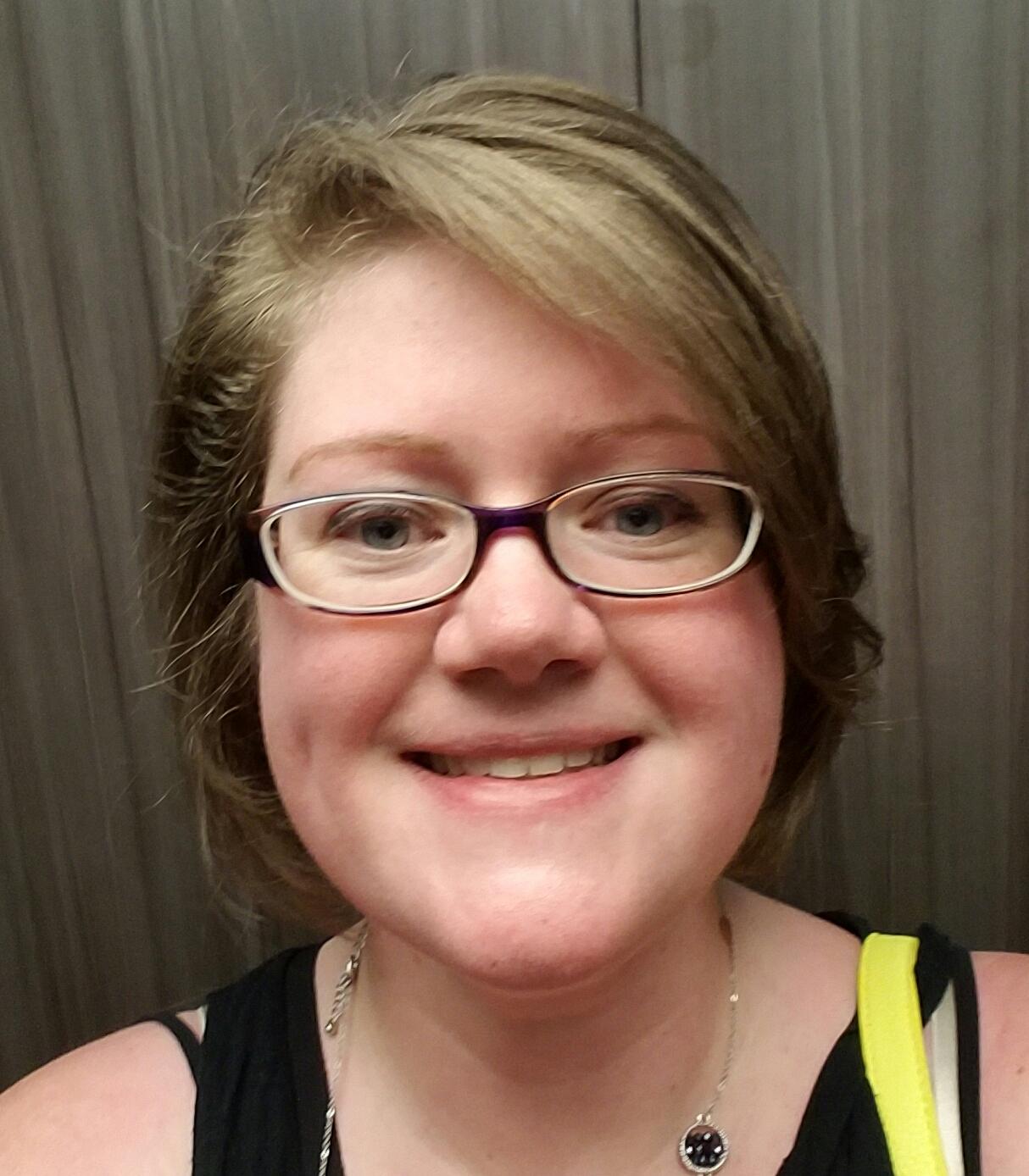Using Claim, Evidence, and Reasoning (CER) Strategy to Improve Student Learning
By Cindy Workosky
Posted on 2017-07-25
This past school year, I used claim, evidence, reasoning (CER) statements to show three-dimensional learning in my classroom. Several tools are available for doing this, but the one my students like is the CER Graphic Organizer and Transition Words List developed by Sandra Yellenberg.
My students like how this graphic organizer helped them organize their thoughts before writing their CER paragraphs. The first few times, we went through the process together to co-develop CER paragraphs. Sometimes we would develop a whole paragraph or a sentence to help explain a phenomenon. Co-developing the statements helped students feel more comfortable using the tool later on.
As students continued to use the tool, their statements gained complexity. Anytime students were asked to explain what they found out, they always used this tool and accompanying transition word bank. In several biology activities, we used the organizer to defend claims based on genetic analysis. In chemistry, we used the organizer to explain what the best way for organizing elements on the periodic table was. In physical science, we used a modified version of the organizer to develop correlations among kinetic and potential energy, speed, and friction using PhET’s Skate Park basics simulation. I also used the organizer in environmental science after having students do the activity Earth’s Dynamically Changing Climate, to explain how the eight pieces of evidence they examine help justify the claim that Earth’s climate is changing.
In the example below, students developed a claim to the question Who’s the Father?, an Inquiry-based Curriculum Enhancement activity by Indiana University. The paragraph the student team developed from their filled-in C-E-R Graphic Organizer follows:
In the case of who’s the father of Katie and David, we believe Mr. Ingram is the father. In the first place, Katie has four alleles matching with Mr. Ingram. She has only three alleles in common with Mr. Polacek. Coupled with David who has five alleles in common with Mr. Ingram and two alleles in common with Mr. Polacek. Also, Katie has three alleles in common with Mrs. Ingram. David has four alleles in common with Mrs. Ingram. Mr. and Mrs. Ingram are the parents of Katie and David because they have the most matching alleles.
In another biology example, students examined more complicated genetic analysis to determine who should get the inheritance. They had to develop a claim about who was the most likely candidate to be the daughter of Harold P. Smithson in another Inquiry-based Curriculum Enhancement activity by Indiana University. Students analyzed several different samples of loci with varying probabilities of matching for blood, as well as a hair sample. The paragraph a student team developed from their filled-in C-E-R Graphic Organizer appears below:
Candidate two is most likely the daughter (of) Harold P. Smithson. First we looked at the blood samples. Candidate two and four both have five matching alleles with Smithson. Candidate(s) one, three, and five only have two. Locus B has a low probability (of matching). For example, Locus B has a probability of 1/22,500. Even with this low probability (candidate) two matches twice. Also candidate two has at least one allele matching at every locus. Also we looked at a hair sample. Two has the most matching alleles with the hair sample, which was nine alleles. Candidate two has a total of 14 matching alleles with the blood and hair samples. In the final analysis candidate two is most likely the daughter.
Not only are students writing in science, focusing on the NGSS science and engineering practice of engaging in argument from evidence, but they are also using CCSS ELA writing standards, such as “Write arguments to support claims in an analysis of substantive topics or texts, using valid reasoning and relevant and sufficient evidence.” I found that after using the C-E-R Graphic Organizer to help students develop their paragraphs, their explanations were better developed and focused on using evidence to back up their claim.
Students needed more guidance in using transition words. They often repeated the same words to start their sentences and were unsure about which grouping of words to use with their evidence. I worked with students, through modeling, discussion, and individual check-ins, to help them determine which group of transition words to choose. In the future, giving students an abbreviated transition word list based on what type of question we are trying to answer should help alleviate some of the confusion with this piece. Students noted that the tool helped them develop paragraphs to prove a claim in other classes.
Since I work at a school-within-a-school, I was able to share the graphic organizer with the English teacher so we could use the same tool to help students develop arguments using evidence in English and science courses.

Nicole Vick
Nicole Vick is a high school science teacher in Galesburg, Illinois, and an NGSS@NSTA Curator. She has taught all content areas of science and holds degrees in biology and environmental science education. Vick is a Regional Director and serves as the Professional Development Leader for High School Earth and Space Science for the Illinois Science Teachers Association and as District XII Director for the National Science Teachers Association. She enjoys transitioning her classes to three-dimensional instruction and providing professional development to teachers throughout Illinois.
The mission of NSTA is to promote excellence and innovation in science teaching and learning for all.
Future NSTA Conferences
2017 Fall Conferences
National Conference
Disclaimer: The views expressed in this blog post are those of the author(s) and do not necessarily reflect the official position of the National Science Teaching Association (NSTA).
Biology Chemistry Crosscutting Concepts Disciplinary Core Ideas Earth & Space Science Evolution General Science Learning Progression Lesson Plans New Science Teachers NGSS Phenomena Physical Science Preservice Science Education Science and Engineering Practices Teacher Preparation Teaching Strategies Three-Dimensional Learning Middle School High School


